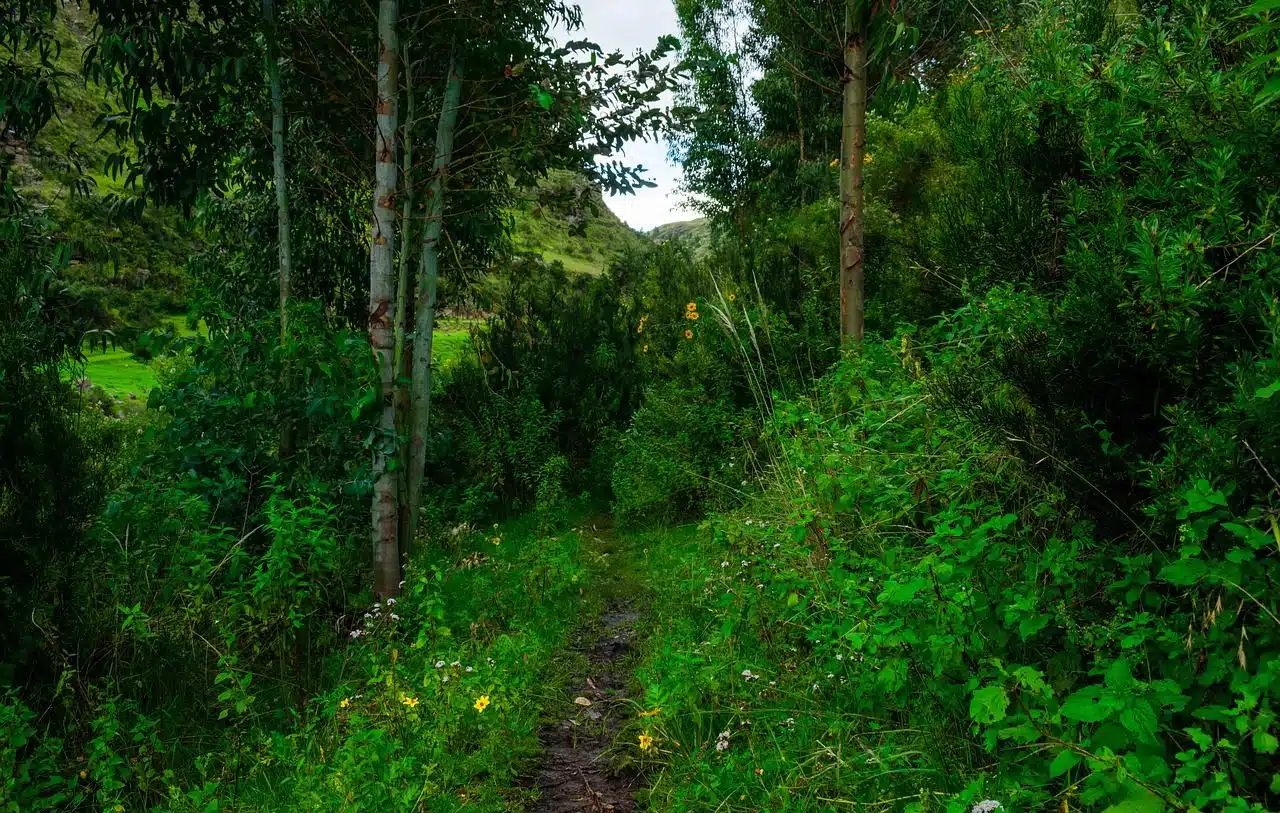
Autotrophic organisms can take inorganic substances and convert them into the organic materials they require to survive.
Autotroph is an adjective that is used to describe organisms that can take inorganic substances and transform them into the organic materials they need to survive .
Autotrophic organisms, therefore, can synthesize organic substances from other inorganic ones. This means that they do not require feeding on other living beings .
The etymology
To advance with the meaning of the term, we must first discover its etymological origin. In this case, it should be said that it is a word that is a neologism formed from the sum of two words of Greek origin:
- The noun autos , which can be translated as "by itself."
- The name trophos , which is synonymous with "food" or "nutrition" .

Plants are autotrophic beings.
Characteristics of autotrophs
In simple terms, autotrophic beings are those that are responsible for generating their own food . Their carbon source is carbon dioxide, while they produce energy from chemical elements or light .
Among autotrophic organisms we find plants and some bacteria . In the case of plants, these species resort to photosynthesis : the process that allows inorganic matter to be converted into organic matter using light. The light energy they receive from the sun's rays is transformed into chemical energy, storing it in adenosine triphosphate molecules (known as ATP ). ATP then enables the synthesis of other more stable organic molecules.
Other autotrophic organisms resort to chemosynthesis . These are bacteria that synthesize ATP by taking the energy released in reactions of inorganic compounds that have been reduced.
Its phases
When talking about autotrophic nutrition, it is established that it is made up of three fundamental phases:
- Membrane passage . This is the phase in which simple inorganic molecules (water, carbon dioxide and salts), through direct absorption, cross the cell membrane.
- Metabolism . When this second phase occurs, a set of chemical reactions takes place in the area of the cell cytoplasm. This gives rise to both the manufacture of its own cellular matter and the obtaining of usable biochemical energy. This second phase of autotrophic nutrition is further divided into three periods: photosynthesis, anabolism (also known as the construction phase) and catabolism (also called the destruction phase).
- Excretion . With this last phase the nutrition process ends. It basically consists of the elimination of metabolic waste products. It is done through the cell membrane.
Autotrophs and heterotrophs
While plants and certain bacteria generate their own food and are autotrophs, other organisms need to feed on other living beings to obtain the substances that allow them to produce complex organic molecules. All animals , including humans , are heterotrophs.
These heterotrophs obtain energy by breaking down the molecules of the autotrophic organisms they ingest. When a carnivorous animal eats another animal , the energy also has its origin in an autotrophic being (ingested in a first stage by the devoured prey).
